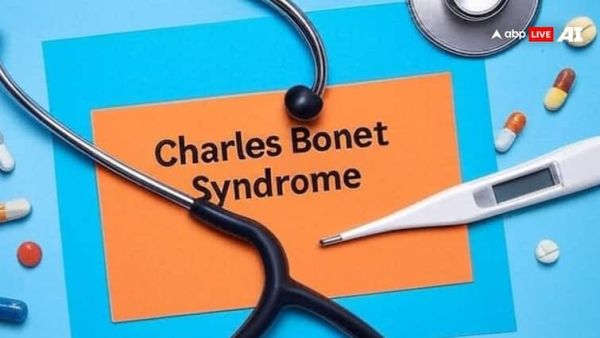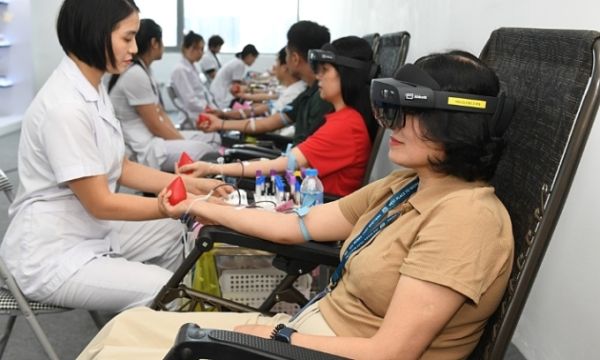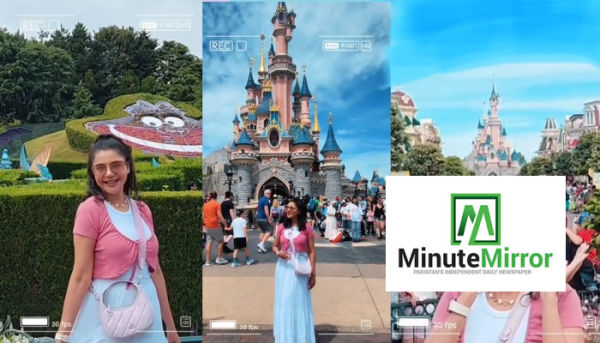
(By Devdeep Roy Chowdhury)
Charles Bonnet Syndrome is a complex and often misunderstood condition in which visually impaired individuals experience vivid, complex visual hallucinations, even though their cognitive functions remain intact. First described by the Swiss philosopher Charles Bonnet in 1760, the condition affects people with significant vision loss, especially in the older population. It is neither a psychiatric illness nor a symptom of cognitive decline, but it carries with it deep psychological repercussions.
Understanding Charles Bonnet Syndrome
Charles Bonnet Syndrome is characterised by the presence of recurrent visual hallucinations in individuals who have lost a lot of their eyesight, without any underlying psychiatric or neurological disorders. It is most often linked with age related eye conditions like macular degeneration or cataracts. The hallucinations are usually vivid, detailed, and lifelike. They range from simple shapes or patterns to complex scenes with people, animals, or landscapes in them.
Clinically, the most striking aspect of CBS is that the person has the awareness that the hallucinations are not real. This differentiates CBS from psychotic disorders, where reality testing is often impaired and the individuals believe that the hallucinations are real.
Who Is At Risk?
The syndrome predominantly affects older adults, especially those with:
- Age-related macular degeneration (central vision loss)
- Glaucoma
- Diabetic retinopathy (a complication of diabetes that affects the eyes by causing damage to the blood vessels in the retina)
- Retinitis pigmentosa (inherited retinal disorders that lead to progressive vision loss)
- Cataracts (especially in advanced stages)
The risk for CBS increases with increased loss of vision with age. Although exact statistics for India is not available, global research reports indicate that the prevalence of CBS in low vision patients aged 40 and above is roughly 19.7%. However, we cannot discount the idea that much more cases go unreported.
Mechanisms Behind The Hallucinations
The exact cause of CBS is still being explored. However, the deafferentation theory is widely accepted. When our brain's visual cortex is deprived of normal sensory input (due to visual loss), it can often begin to compensate this gap by creating its own images. This spontaneous activity of the visual cortex is believed to manifest as hallucinations. This is somewhat similar to the phantom limb syndrome, where amputees perceive sensations, often painful, in a missing limb. In CBS, the “phantom” experience occurs in the realm of vision. However, this phenomenon does point to the brain’s wonderful creative ability to compensate for missing sensations.
Clinical Features And Patient Experience
The hallucinations in CBS can be either simple (flashes of light, geometric shapes, colors) or complex (faces, people in historical attire, animals, scenery, buildings). They can appear suddenly, without warning, can last from seconds to hours, and may occur multiple times throughout the day. The hallucinations only occur in the visual field and does not involve other sense organs. The patient remains fully conscious and oriented.
The patients often feel that they are losing their mind. While some may find the hallucinations to be artistic and even amusing, a lot of them, especially those who don’t understand what’s happening, may find these to be deeply confusing or even frightening due to their suddenness. When happening for a long period of time, the patients may start to feel anxious. A lot of patients do not report these hallucinations, fearing that they will be labelled as ‘crazy’. But the continuous psychological burden of this can lead to social withdrawal, depression, anxiety, and feelings of shame and embarrassment. This in turn affects their quality of life severely. Research reports have indicated that up to 30% of CBS patients experience clinically significant depression.
Treatment And Management Approaches
There is no definitive pharmacological treatment for CBS. Antipsychotic treatments usually do not have much success and can pose health risk to older adults. A few tips can be adopted in these cases:
- Improving lighting in rooms, especially in the evenings. Brighter light helps to see better.
- Eye exercises to stimulate the retina. Rhythmic blinking, moving the eyeballs side to side, up and down can stimulate the retina to make the vision better.
- Avoiding fatigue and sensory deprivation. The hallucinations can get worse under stress. Finding ways to relax or improved sleeping patterns to rest the eyes can also help.
- Grounding techniques like touching objects, moving eyes, deep breathing can also help.
- Talking to people and spending less time alone can keep you more involved. This helps as a form of emotional support.
Why CBS Is A Growing Concern For The Older Generation
As lifespans increase and visual disorders become more prevalent, CBS is poised to become more common in aging populations. Here’s why CBS is a pressing concern:
- Population aging: By 2050, nearly 2 billion people globally will be over the age of 60.
- Rising visual impairment: ARMD and diabetic retinopathy are increasing in prevalence.
- Mental health stigma: Particularly in older generations, talking about hallucinations or mental health issues is still taboo.
Unless addressed, CBS will continue to erode the mental health and quality of life of countless older adults.
The Psychologist’s Role
Psychological work with CBS patients mainly involves providing the patients with validation, psychoeducation on hallucinations, emotional support and empowerment. One of the chief goals is to help the patients identify that the hallucinations are not from psychosis, rather loss of vision. Family psychoeducation is an equally critical tool. Caregivers often assume that occurrence of CBS is pointing to emergence of Dementia or some other debilitating brain disease. Correcting these assumptions reduces stigma, frustration, and caregiver burden.
Even when patients understand the condition intellectually, the emotional aftermath of CBS can linger. Some may grieve their vision loss, feel anxious about the recurrence of hallucinations, or be overwhelmed by their experiences. Psychological support in the form of supportive counselling or CBT (Cognitive Behaviour Therapy) can be very useful to build up adaptive coping mechanisms and learn to reframe maladaptive thoughts around the hallucinations. For instance, helping a patient identify triggers (fatigue, darkness, stress) and develop coping strategies (lighting adjustments, distraction techniques) empowers them to reclaim control.
Devdeep Roy Chowdhury is the Senior Clinical Psychologist and Co-ordinator at Monoshij
-
Abbott enhances blood donation experience with mixed reality technology

-
Nida Yasir faces backlash over Paris trip after brother-in-law’s death

-
iOS 26 Beta 3 Launched With Exciting Features: Stock Wallpapers, Liquid Glass UI & More

-
Here’s What An Unopened Nintendo Entertainment System Deluxe Set Is Worth Today

-
How much do creators really earn? Kofluence CEO decodes India’s influencer economy (Interview)
